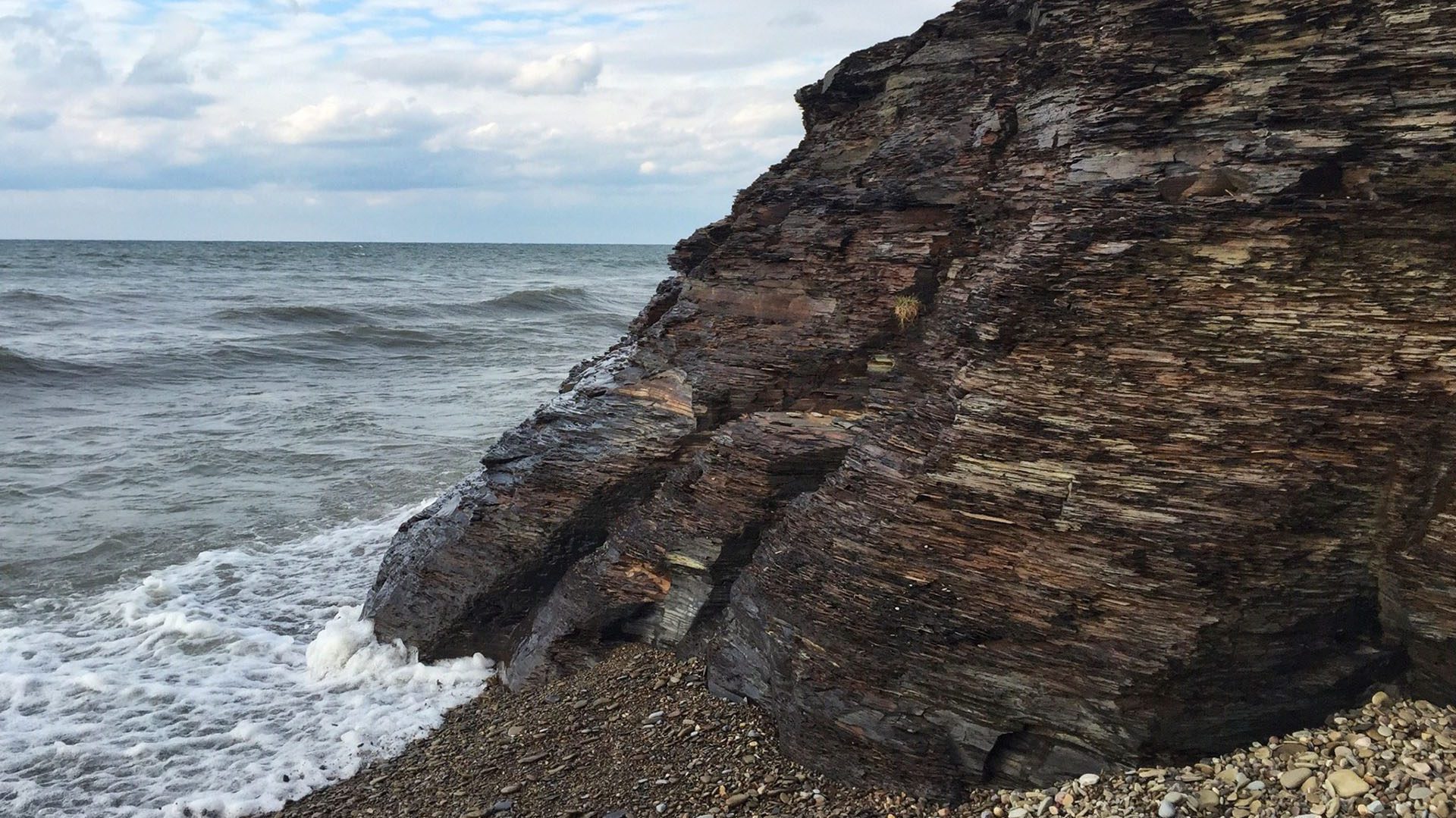
The Lake Issue
Field Notes: Lakeside Blvd
It was Carl Sagan who reminded us that science is less a body of knowledge and more a way of thinking. According to this theory, a good scientist is a neutral observer swimming in a sea of entropy, constantly looking for meaningful patterns. In recognizing these patterns, a scientist can only rule out certain outcomes, proving a theory only in exhausting all of their resources to prove it wrong.
Yet, humanity is wrought with emotion and acquired bias. And thinking in this way is often compounded by many scientists' inability to witness many scientific phenomena in a tangible way. Students cannot physically see the components of an atom, or witness a distant star being born. But Earth Sciences, compared to other disciplines, actually offer us the opportunity to experience first-hand the basic principles that form the core of our understanding in the field.
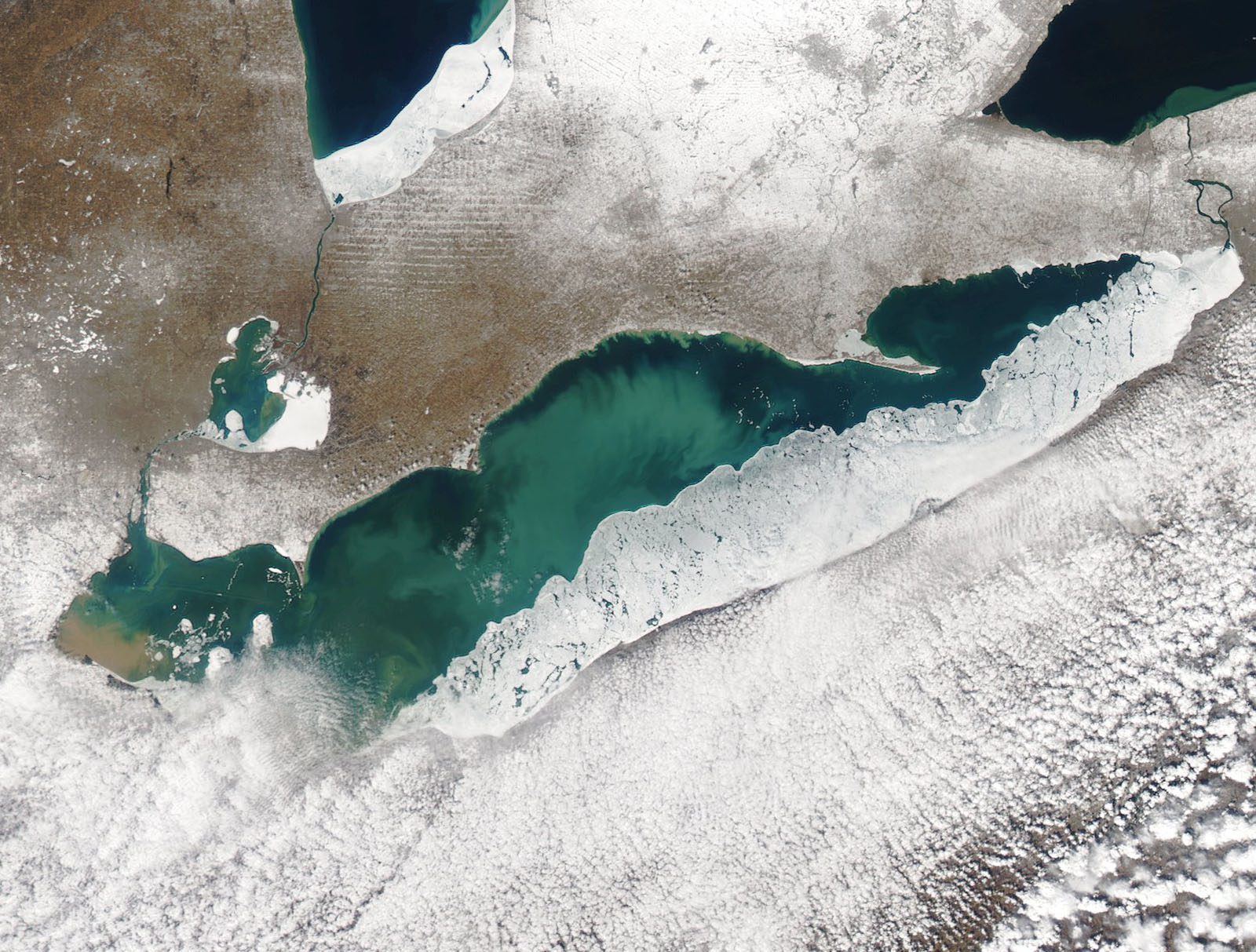
Growing up on the shores of Lake Erie, I was able to watch a stream erode a creek bed, examine towering rock formations exposed by violent storms, and observe sand move laterally across a beach shore, depositing layer by layer. Even though I didn’t always know exactly what I was looking at, the internal data set generated by witnessing these natural wonders pushed me toward a path of scientific inquiry. This environment not only fueled my curiosity, but also highlighted the incredible lengths humanity takes to resist the natural forces it can hardly understand.
In an A-frame house near Van Buren Point in Dunkirk, New York, my family watched neighbors erect rows and rows of beautiful beach houses upon westward facing cliffs. For spectacular views, they traded the harsh reality that one day, their homes would fall prey to eroding ground beneath them. Proud owners of lakefront properties battled year after year of my childhood against the crashing waves of Lake Erie, driving cobbles and timber into their man-made concrete barricades against the water. In winter, great sheets of ice built up on the lake shore, eating away the cliffs' edge and the foundations of the homes built upon them. It always seemed strange to me, to build a house on these crumbling edifices, no matter how romantic it might seem. Nature was the clear victor here.
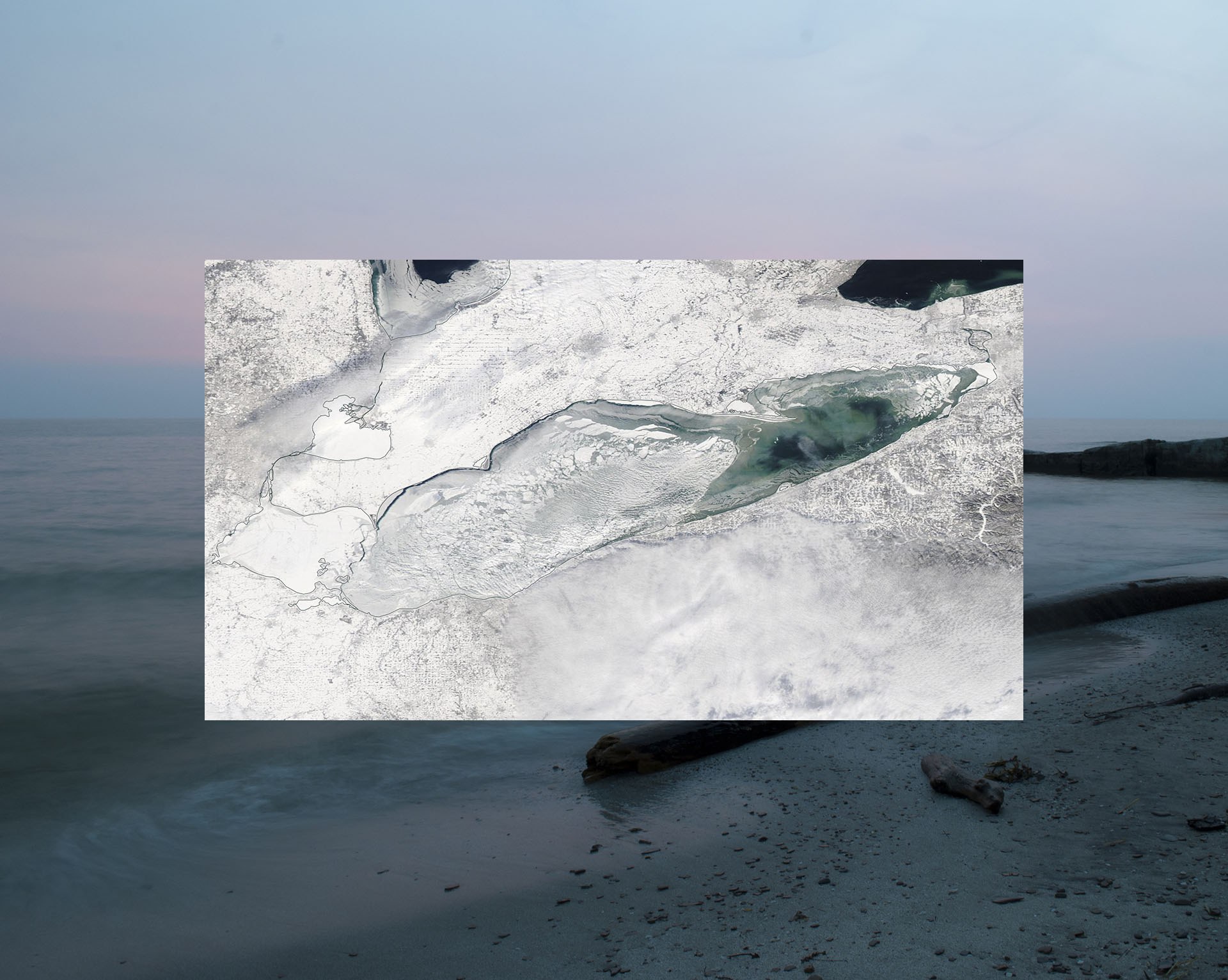
Without realizing it as a child, I was witnessing the natural phenomena of Earth Science on a large scale (crumbling shale walls, the deposition of sediments) and testing them on a small scale, under semi-controlled parameters. Not only was I developing experimental skills, I was also learning a vital lesson that our new neighbors had yet to discover – pitting yourself against forces of this magnitude could only end in defeat.
I also recall a peculiar flat mudstone buried just below the sand of Lake Erie. These flat stones are heavy and brick-like. Every piece is roughly the same thickness, although varying in size and shape. As I discovered, this makes them ideal for makeshift pavement. With a small application of spatial configuration, one can fit these stones together to build a smooth walkway upon the sand.
While the annual reconstruction of this path was traditional, so too was excavating the layer of soft, malleable clay, buried no more than five feet below it. This clay was used to keep the large rock slabs in place as well as for a variety of beach art projects. Many dried mud-clay creatures were born from this endeavor to be baked in the hot summer sun on flat, crispy pieces of heat-absorbing black shale.
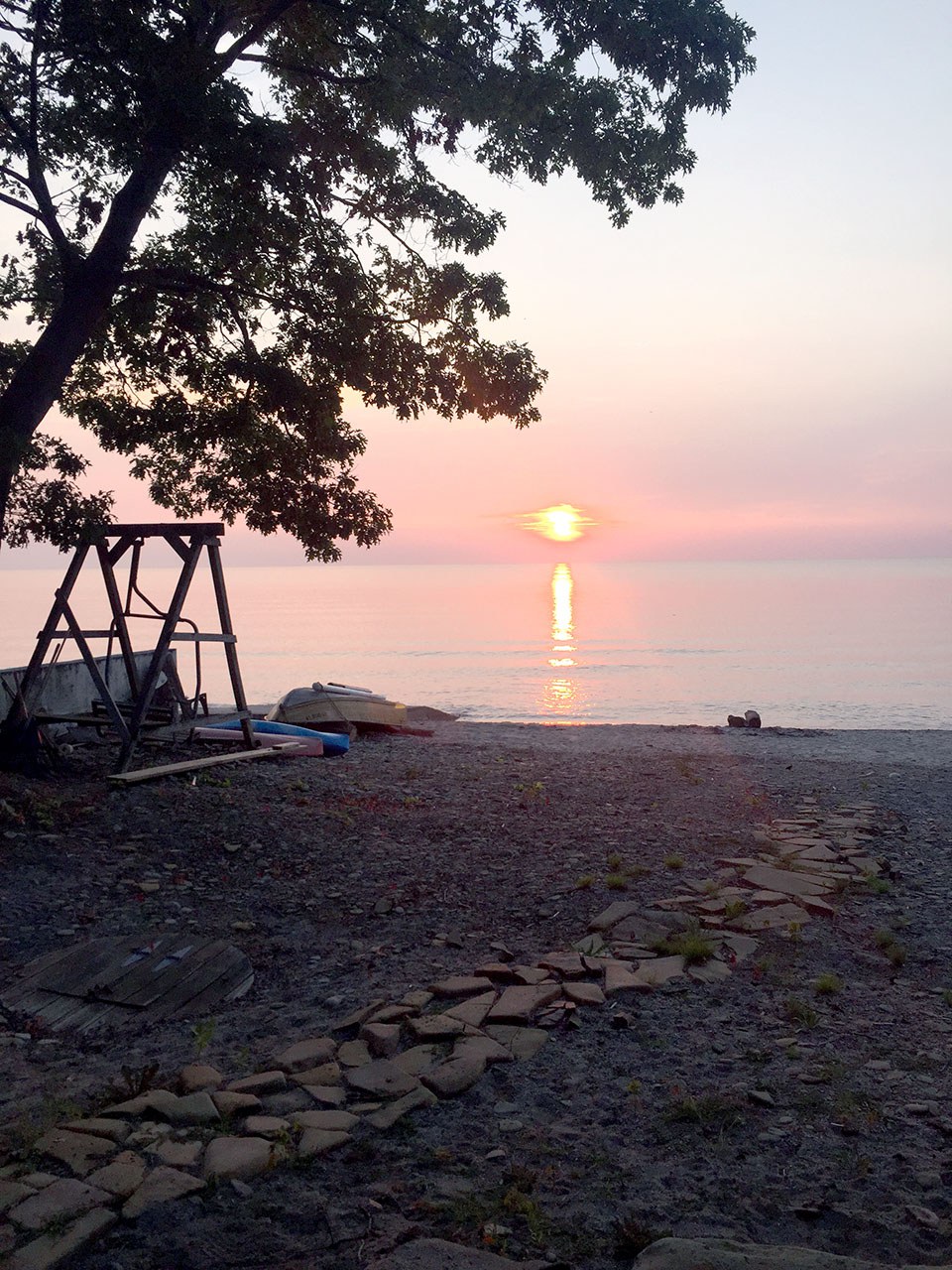
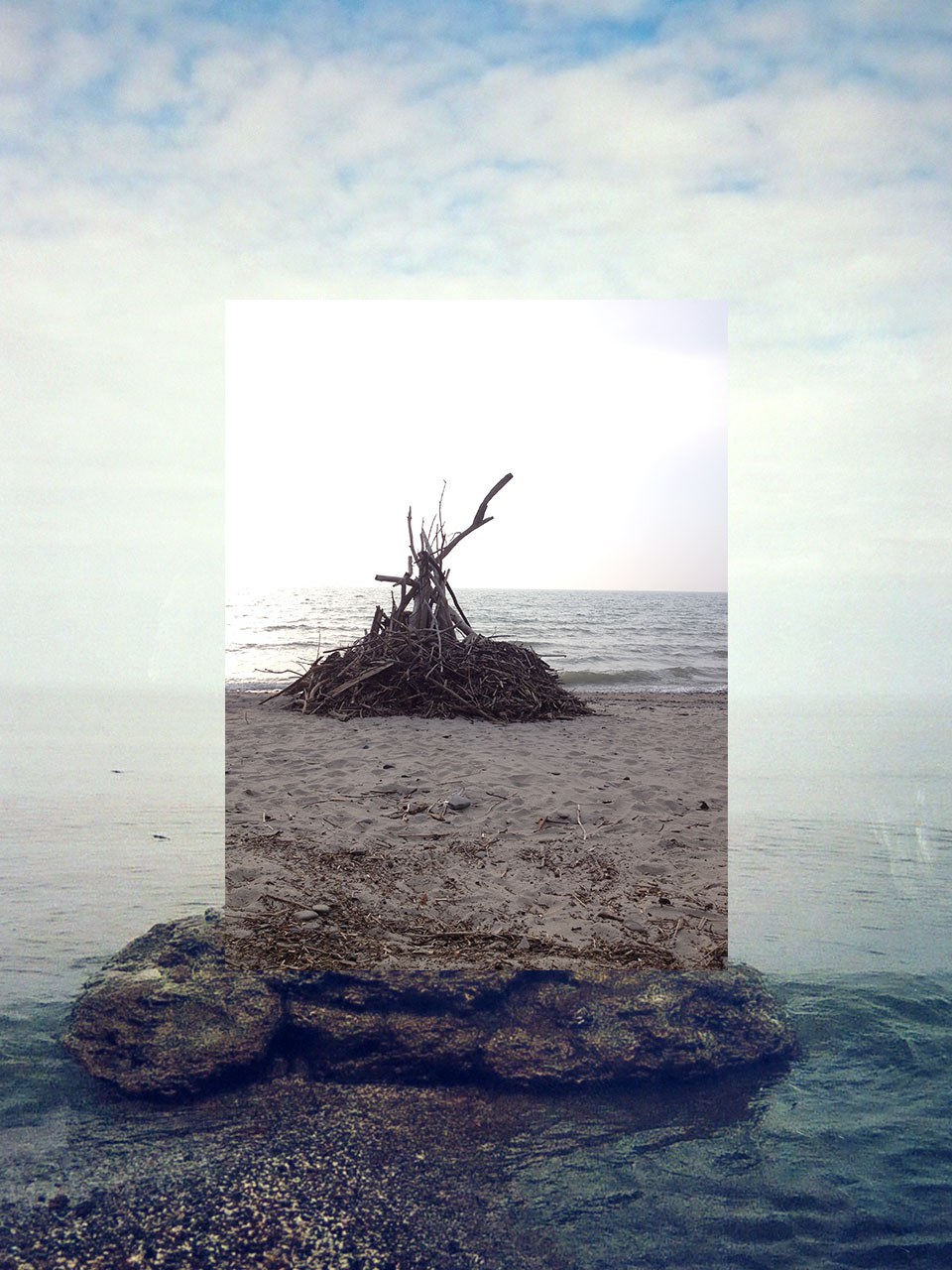
This clay could also be found in a more sludge-like form approximately 100 yards from the lake shore, where the warm, shallow sandbar transitions into silt, mud, and detritus. Affectionately named “poopy-sand” by my sister and I, for its texture and distinct algael scent, we often threw it at each other when we could find it.
Not until later in my life when I studied geology did I realize that I had unknowingly experienced important stages in the life of those flat mudstones:
- Their formation: deposition of fine grains and organic matter.
- Their youth: a layer of clay, close to the surface and not yet hardened by the earth's pressure or the sun's heat.
- Their old age: as clasts on the beach shore, ripped up from the bedrock by a powerful wave.
In my current life as a young scientist and educator, geologic field experiences remain an important part of the collegiate curriculum, often manifesting as summer field schools where students get the opportunity to measure rock units, collect fossils, and apply concepts learned from lectures. This is often a formative experience for amateur geologists, with many of my colleagues claiming to have learned far more from these experiences than from their time in the classroom.
These experiences should not be reserved for upper level studies, however. By introducing even younger students to the natural world, we can help them to develop an understanding of applied science, in the real world, instead of learning only to memorize information for a test.
These learning techniques are absolutely necessary if the next generation is going to be inspired to solve the problems of a changing world in a creative way-- Using scientific reasoning fostered in the real world, in addition to a textbook understanding of "nature." If we want to have an informed conversation about our global environment and the impact we have on it, I believe it is crucial that we first understand the fundamental geologic processes that govern our planet.
Luke Halter is an Alaska-based geology buff, mad scientist, and outdoor enthusiast. Known locally as Laboratory Luke, he is a passionate communicator and educator, aiming to promote imaginative scientific discovery in students of all ages. He is also a youth climbing instructor at Alaska Rock Gym.
Header Image: Lake Erie rock formation source.